Imagine that your welcome letter is not just a formality, but a powerful tool that can open the door to new opportunities. In this article, I will share the secrets that will help you create a letter that leaves an unforgettable impression and builds trust. Find out how my practice became the basis for career- and life-changing writing!
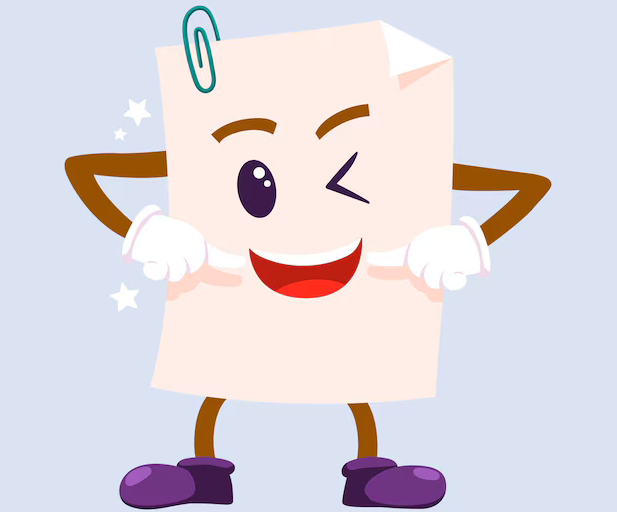
Glossary
🎉 Welcome email - the first email sent to a new client or subscriber, in order to form a positive initial impression.
📧 Welcome newsletter - a series of letters, sent to subscribers after their registration to introduce services or products.
💡 Open rate (Open Rate) - percentage recipients who opened the letter out of the total number of sent ones.
📝 Copywriting - the art of writing texts that encourage action, such as a purchase or subscription.
🔍 CTA (Call to Action) — an element that encourages the reader to take a specific action, such as following a link or filling out a form.
🌟 Welcome email formats - different types of welcome emails letters: individual, mass, automatic, etc.
🗨️ Personalization - adapting the content of the letter to your interests and the preferences of the particular recipient.
📊 Analytics - the process of collecting and analyzing data about how recipients interact with emails (for example, open rates and click-through rates).
✉️ Segmentation - dividing the subscriber base into groups according to various criteria for a more targeted approach in mailings.
📆 Time interval - period in which a welcome email is sent, which can significantly affect its open rate.
Why a welcome email is useful
When I first dived into the world of email marketing, welcome emails seemed like a small thing to me. However, later, one simple study changed my perception: according to GetResponse, the average open rate of welcome emails is 68.6%! This fact simply amazed me. This is not just a number - it is an opportunity to establish a unique contact with the client from the very beginning!

I remember a time when I was working with a small company that had just launched its business . We decided to pay special attention to creating a welcome letter. One day, while participating in a discussion, someone from the team suggested the idea of adding a personal message from the company founder to the email. "Why not tell us a little about what inspired us?" - he asked. This thought seemed simple, but had an amazing effect.
As a result, the letters became much more attractive. Many new subscribers noted that it was this personal note that caught their attention. We used phrases like:
- 🌟 "We're glad you're with us!"
- 💡 "We have a lot of interesting things that we would like to tell you!"
- 🎁 "Don't miss the opportunity to take advantage of this special offer!"
This not only helped us connect, but also encouraged customers to share their experiences. One of the recipients, Roman, even wrote back: “Your welcome letter was a real breath of fresh air for me!” It was the best recognition we could have received.
What exactly makes a welcome email so valuable to a business?
- Connection: It creates a sense of personal connection, which is important in today's world, where customers look for companies that understand them.
- Inform: This can be used to effectively explain how to use your service, which significantly reduces the level of anxiety for new users .
- Establishing Expectations: It sets expectations for future interactions with the brand. A good welcome letter can give a sense of what the client's future holds.
- Invitation to Conversation: Including questions or requests to share information about your interests helps to better segment your audience.
As I noticed, despite the relative simplicity of writing such a letter, its power in internalizing the client's expectations and moving him along the sales funnel is invaluable. Therefore, I strongly encourage every business not to ignore this opportunity. A welcome letter is not just a formality, it is the first step towards creating long-term and fruitful communication with clients.
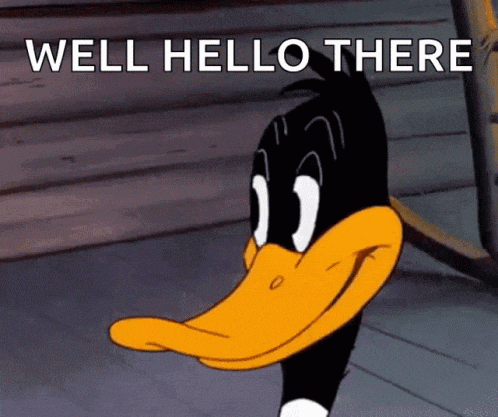
Steps to an Effective Welcome Email
| Step | Description |
|---|---|
| 1. | Write personal message from the founder or key employees. |
| 2. | Include links to popular sections of your site. |
| 3. | Attach a special offer or bonus, to encourage action. |
| 4. | Ask the client to share their interests for better targeting. |
| 5. | End your email with a call to action, such as “Don't miss your chance!” |
By taking this approach, you can show customers that they are important to you and that you are ready to build relationships with them based on trust and mutual understanding.
Types of welcome letters
When I started my journey in business, it occurred to me that first impressions can tell a lot. I was one of those who took into account every detail, starting with the welcome letter, because it lays the foundation for further relationships with clients. In practice, different types of welcome letters have their own unique benefits, and I want to share my experience on how to approach writing them.
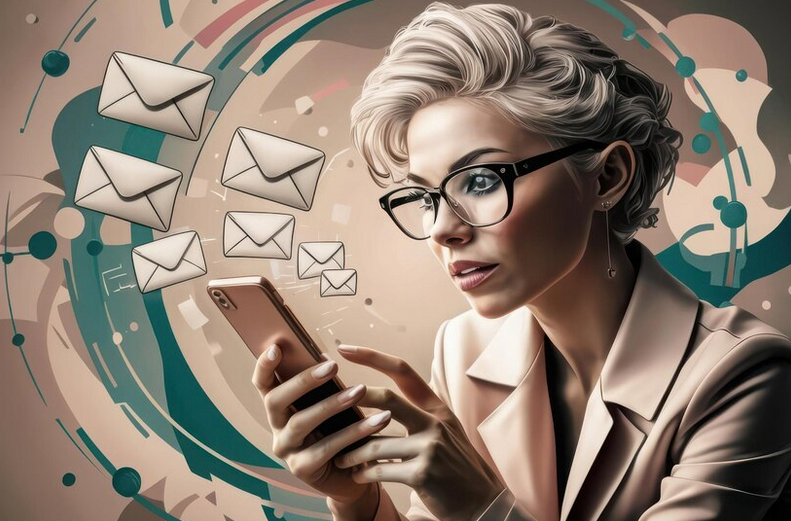
Welcome letter
I remember when I sent my first welcome email to a client, it was very exciting. I wrote a few lines about the brand, thanked the contact for subscribing, and sincerely presented our unique offerings. One of my first clients responded: “Your letter made me smile and I look forward to hearing more!” This incident was clear proof that a simple and sincere message can truly create a positive first impression.
Letter of Instruction
Later, it became apparent to me that some customers may not know how to properly use our product. In this regard, I created a letter of instruction in which I clearly and clearly described the steps to start cooperation, including useful tips. One client, after reading it, noted: “This letter made me feel like you really cared about me!” This approach really built trust.
Offer Letter
While publishing my offer letter, I realized how important it is to offer something valuable to clients. For example, in one of the letters I offered a special promotion with a gift for new subscribers. A friend of mine who is a marketer said: “People always respond to gifts - this is an expression of attention and care for them.” And it really worked: clients came as if it were a holiday!
We see that different types of welcome emails—from a simple greeting to a stock offer—can serve different purposes, but they are all important to building a strong relationship. Using these strategies has helped me not only attract new clients, but also establish long-term relationships with them, which ultimately led to significant business growth.
Table: Different types of welcome letters
| Letter type | Purpose | Example |
|---|---|---|
| Letter of greeting | Introduction and gratitude | Thanks for subscribing! |
| Letter of instruction | Explain how to use the product | Getting Started with X |
| Letter of Offer | Offer value or promotion | Receive a gift upon registration! |
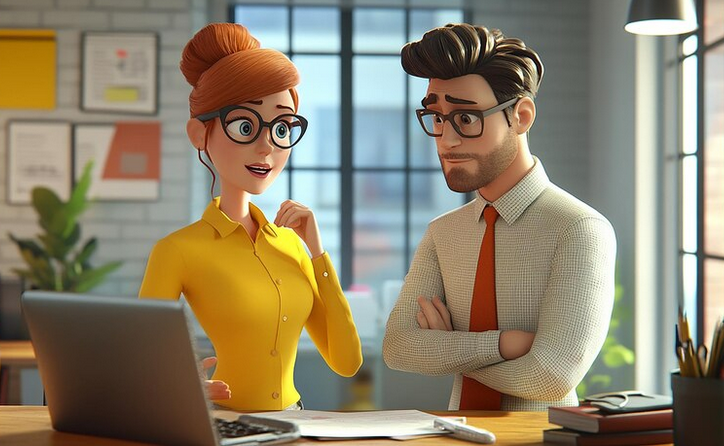
Creating mutually beneficial relationships with customers starts with communication, and welcome emails are a key tool to achieve this goal. How to build your approach to writing such letters? Start with some advice: approach customers with genuine interest and concern for their needs. This will add warmth and attractiveness to your communication.
How to Write an Effective Welcome Letter
Creating a Welcome Letter , which sparks interest, requires a careful approach and creative thinking. I remember one time I had to write such a letter for our new client, a huge startup in the technology industry. I decided that it was necessary to make it not only informative, but also memorable. I thought about structure and tone for a while and eventually came to some important conclusions.
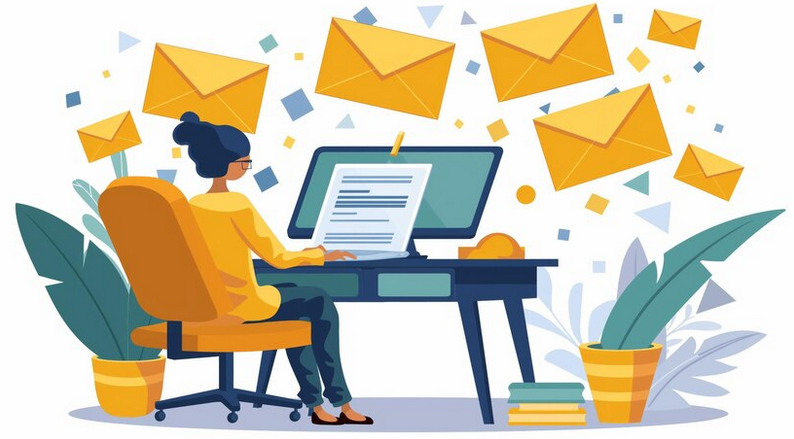
Essential Components of a Welcome Email
Title: It is important to keep the title short and catchy. For example, instead of the usual “Welcome”, you can use something more emotional, like “We are glad to see you with us!”.
Personalized greeting: Using the recipient's name can make the letter is more personal. I always tried to address people by name and add a sincere “Thank you for checking in!” to establish trust.
Explanation of the next steps: The more clearly described further action the better. I always included in the letter a section about what awaits the client in the future: how many times he will receive letters and what value they bring.
Call to Action: It is important to add clear and clear instructions, for example, “Place your first order right now with a discount!”
Contact information and unsubscribe link : Although opting out may seem like a negative thing, having an opt-out option helps maintain customer loyalty.
Case Study
When we got a new client, I decided to use these components when creating a welcome letter. “Hello, Anastasia! We are glad to see you with us!” - that’s how I started the letter. It went on to explain what she could expect: "We'll send you the latest news and exclusive offers every week." At the end of the letter there was a teaser: “Don’t miss the opportunity to get a 20% discount on your first order!”
As a result, we received a positive response from the client, and the congratulatory letter became a model for subsequent requests. By the way, Anastasia later said: “I was pleased when they wrote me a personal message and it inspired me to make a purchase.” This once again confirmed that the emotional approach in letters works.

Recommendations for improvement
Use stories: Sometimes telling about yourself or your company in a letter is a sure way to create an emotional connection with the recipient . “We started our journey in the garage and now we are here, where you were able to find us...”
Visualization Elements: I often added images or video links to emails to make them more attractive.
Polls and Engagement: Enable preference survey customer can provide valuable information and show that you care about their opinion.
Summary
Creating an impressive welcome email has really become important a lesson in my practice. By applying universal elements and a personal touch, you can become more than just an email sender, but a true companion to your clients on their journey. Remember that every letter is a chance to connect and introduce who you really are.
A quick overview of the generated welcome email:
| Step | Description | How to achieve |
|---|---|---|
| 1 | Heading | Use emotional phrases |
| 2 | Greeting | Call by name |
| 3 | Explanation | Be clear about next steps |
| 4 | Call to Action | Clearly Define Pathways |
| 5 | Contact details | Don't forget about the possibility of unsubscribing |
The Art of Writing a Welcome Letter
I've always found it amazing how important first impressions are. Each welcome letter has become for me not just a text, but a real art that shapes the future of relationships with the client. Not long ago, for example, I worked with a small online store that was going to attract new customers through a newsletter. And so I came up with an idea - to create a letter that not only informs, but literally attracts attention.
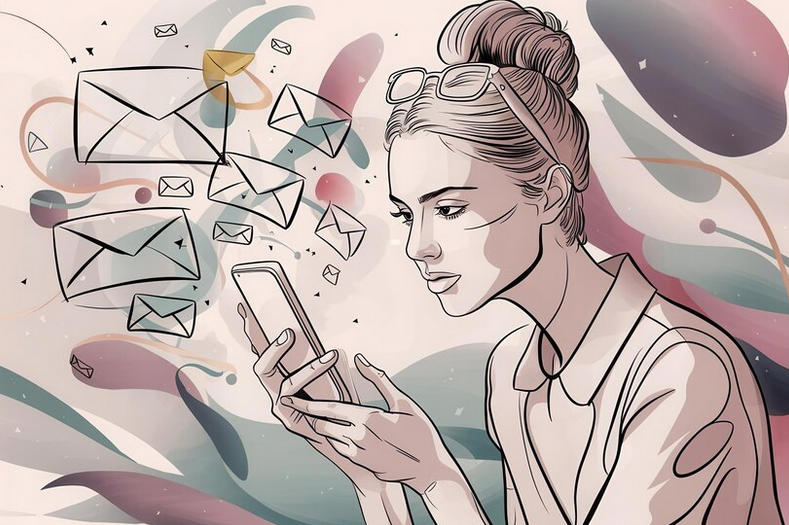
At the moment of writing this letter, I felt a strong inspiration. It seemed to me important not just to convey information, but to do it with soul. I decided to add a greeting that would include not only words, but also emotions. After all, 74% of people expect to receive a welcome message immediately after signing up and this was my opportunity to get them interested!
What do you think makes a good welcome email stand out from the crowd? In my case, it was a clear and catchy title. One that arouses interest and forces you to open the letter in the middle of the working day. For example, I used emoji to add atmosphere. Research shows that using emojis can increase open rates by as much as 56%! Unfortunately, many brands don't understand this and miss the opportunity to stand out.
At the same time, every word in the letter must correspond to the style and tone of the brand. I remember a colleague saying: “The letter should reflect our image!” This turned out to be the right strategy. Headlines indicating that this is a welcome email greatly increases the chance of attracting attention. After all, what could be better than starting your journey with a kind word and a clear call to action?
The approach to each client is individual and I have found that a simple but clear CTA like “Make your first order and receive a gift” works great. Meaningful invites, such as downloading useful material or taking a survey to improve services, also add value. Each step in writing should lead to the next - it's like a dance where everyone needs to know their moves.
Experience and Relationship Building
When developing a letter, it is important not only to gather information, but also to make the client feel special. I remember how, after sending one of the welcome emails, I received feedback from the recipients. Many noted that they were pleased when the letter began by addressing them by name. “It creates a personal connection,” one follower noted.

So, communicating with clients and knowing that useful links and materials such As an archive of previous mailings really interests them, it becomes obvious that each letter is an investment in future relationships. Don't forget how important it is to build a foundation of trust, even through email.
Ultimately, I realized that creating the perfect welcome email isn't that difficult. The main thing is soul, attention to detail and the ability to see the needs of the client. It's like a complex painting: every stroke is important and the result will be fascinating if you approach the matter with love and professionalism.
Steps to creating an impressive welcome email:
| Steps | Description |
|---|---|
| Determine the purpose of the letter | Set a specific task: to motivate the purchase, to familiarize with the materials. |
| Use a catchy title | Create an interesting title using emoji and name calling. |
| Call to action | A clear CTA, e.g. “Place an order and receive a gift” or “Download the material.” |
| Reflect the brand style | The letter should match the overall tone your brand. |
| Add a personal element | Personalize your greeting to create a connection with the client. |
Creating a welcome email is more than just sending a text. This is an opportunity to start your client journey by establishing warm relationships.
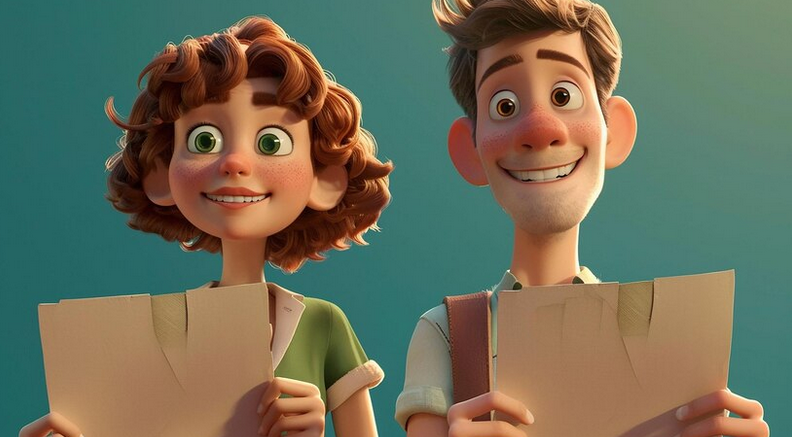
Often FAQs on the topic: Welcome Letter
What is a Welcome Letter?
A welcome email is the first email sent to new subscribers or clients to introduce the company and establish contact.
Why send a welcome email?
A welcome email helps create a positive first impression, establish trust, and increase customer engagement.
What types of welcome emails are there?
There are several types, including new subscriber emails, post-signup greetings, thank you emails, and follow-up newsletters.
What to write in a welcome newsletter?
In your welcome mailing, you can include a thank you for subscribing, a short introduction about the company, and links to useful resources or products.
How to write a welcome letter?
Start with a message, add brief information about the company, offer useful links, and end with a positive call to action.
How to increase the open rate of your welcome emails?
To increase open rates, use compelling subject lines, personalize your emails, and send them at optimal times.
What tone should you use in your welcome email?
The tone should be friendly and welcoming to create a positive first impression and establish a connection with the recipient.
What is the optimal size for a welcome email?
The optimal length of a welcome letter is 100-200 words to retain the reader's attention and convey the main information.
How often should you send welcome emails?
Welcome emails are sent once after you subscribe or register, and can also be part of a series of automated emails.
Should I use images in my welcome email?
Using images can make an email more attractive, but they should support the text and not distract from the central message.
Thank you for reading and for becoming a better reader! 🌟
I hope you've experienced the game-changing magic of writing a welcome email! Now you know how to create a letter that your audience will not just see it, but feel it in every word. I will tell you about my project, where a warm greeting opened the door to successful cooperation. Inspired applications and sincere responses from clients confirmed that an impressive first letter is not just a text, but the starting point for a long-term friendship. Your thoughts are important to me - share them in the comments!
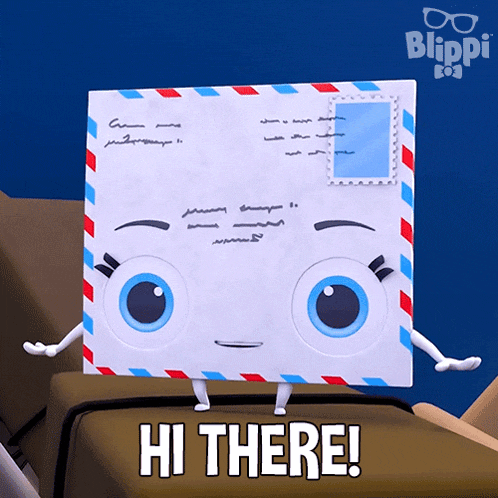
Article Target
Teach readers how to write effective welcome letters.
Target audience
Business professionals looking for ways to improve their communication skills.
Hashtags
Save a link to this article
Galina Ostrachinyna
Copywriter ElbuzThe secrets of online store automation are revealed here, like the pages of a magic book of a successful business. Welcome to my world, where every idea is the key to online effectiveness!
Discussion of the topic – Welcome letter
This article reveals the secrets to writing a welcome letter that leaves a lasting impression and builds a positive relationship.
Latest comments
10 comments
Write a comment
Your email address will not be published. Required fields are checked *














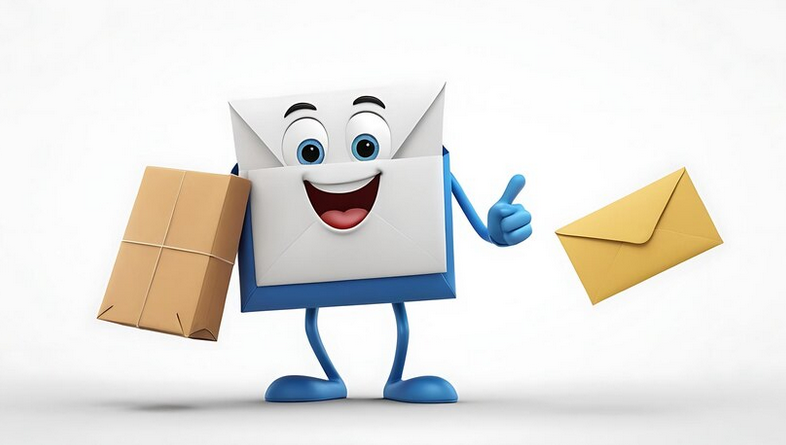


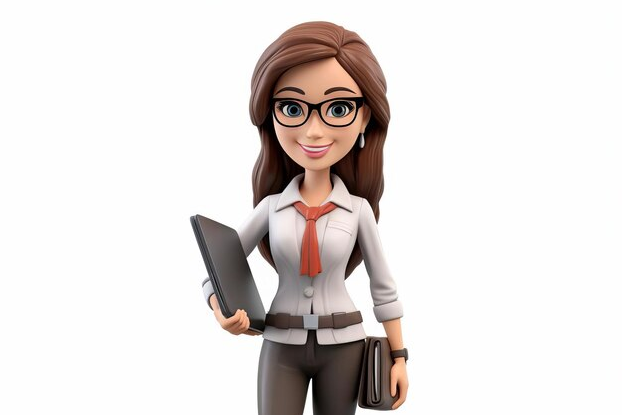
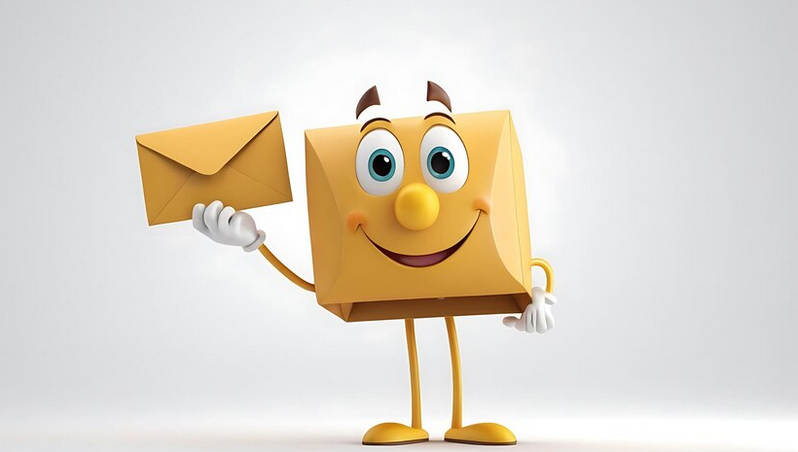
.png)


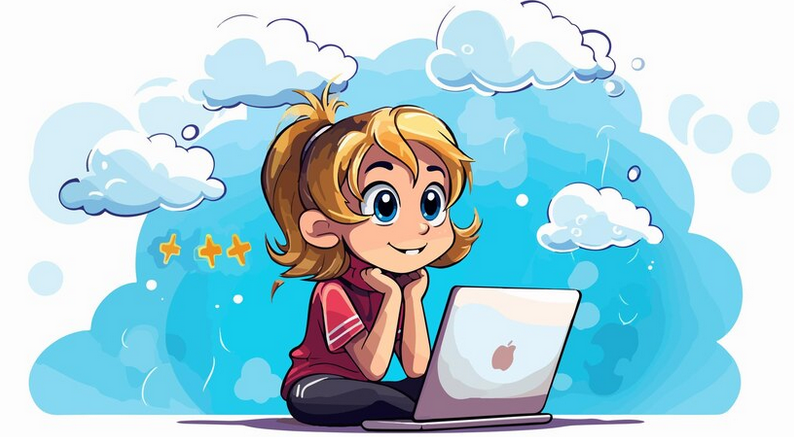

Галина Остраницына
The secrets to writing an impressive welcome letter are really important. Have you tried including personal anecdotes in your letter? It helps to make a connection!😊
Oliver Clark
Galina, this is a great idea! I often use small details from my life to add personality. I recently wrote about my journey and it sparked interest. How much do you think personal stories can influence the reception of writing?
Clara Becker
I agree with Oliver! Personal stories really make letters more memorable. I also like to add interesting facts about myself to give the reader something to think about. What facts do you find most interesting for such a letter? 🌟
Luca Rossi
It's great that you're raising this topic! In my last letter I used metaphors. To put it bluntly, they made the text more vibrant. Galina, do you think this is suitable for all writing styles?
Ana Torres
Lucas, metaphors are a wonderful technique! You just have to be careful, otherwise you can get everything confused. Do you often receive letters that impress you? What are the nuances that are worth paying attention to? 🤔
Krzysztof Nowak
I agree with Ana, metaphors can be risky, but they add depth. When I write, I always check that I haven’t overloaded the letter with unnecessary comparisons. Sometimes less is better. What do you think, Galina? 👀
Hans Müller
It's funny that we discuss such things. Writing a welcome letter is just a formality; it would be better to communicate in person! All these tricks and techniques are strange fashion. 🤨
Tatiana Petrenko
Hans, I understand your point, but in the online world it matters. Writing is the first step to establishing a relationship. I always try to add a few kind words and a little creativity. What is your best case where writing led to results?
Grzegorz Kowalski
Tatyana, this is a good point! I had a case where my letter led to cooperation with a large company. However, it all depends on the approach. Sometimes it's better to write honestly what you want to avoid misunderstandings. How do you feel about this? 💡
Greta Jensen
Grigezh, great idea. Honesty and clarity are the key to successful communication. I personally prefer to make the title interesting to grab attention from the first line. Do your headlines evoke any reaction? 📧